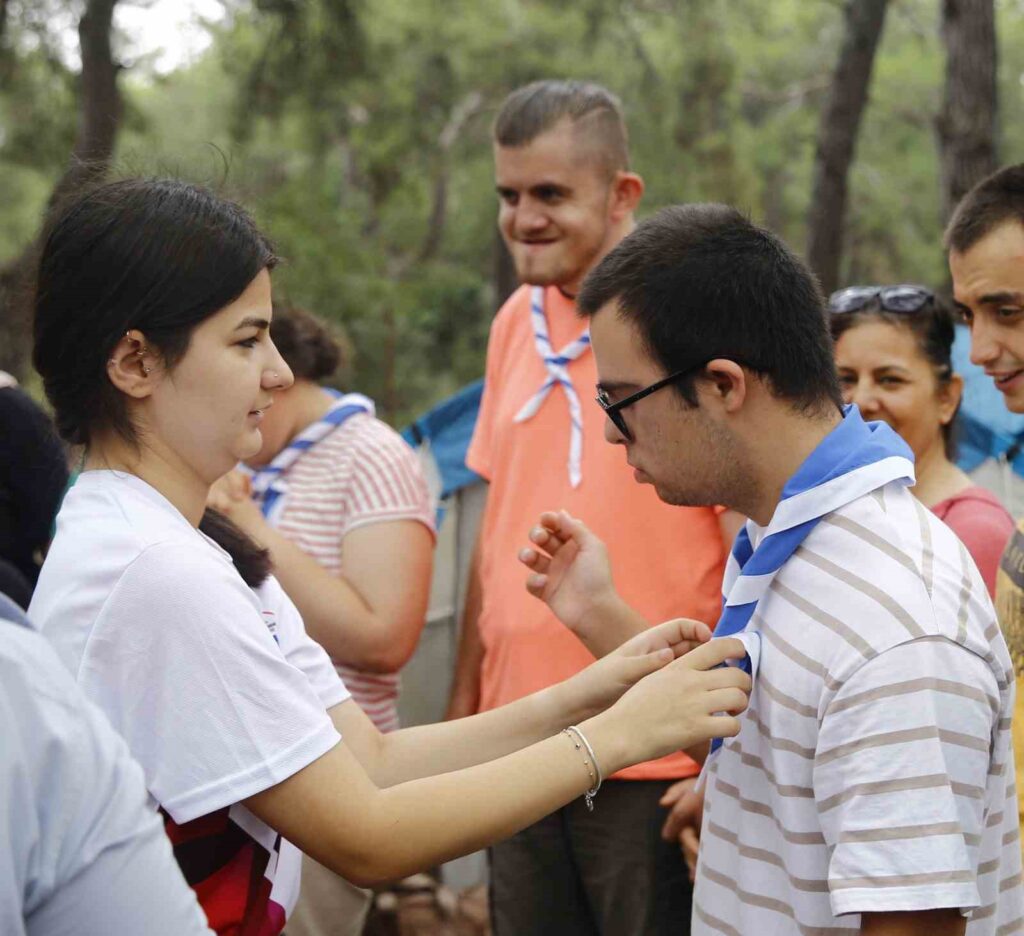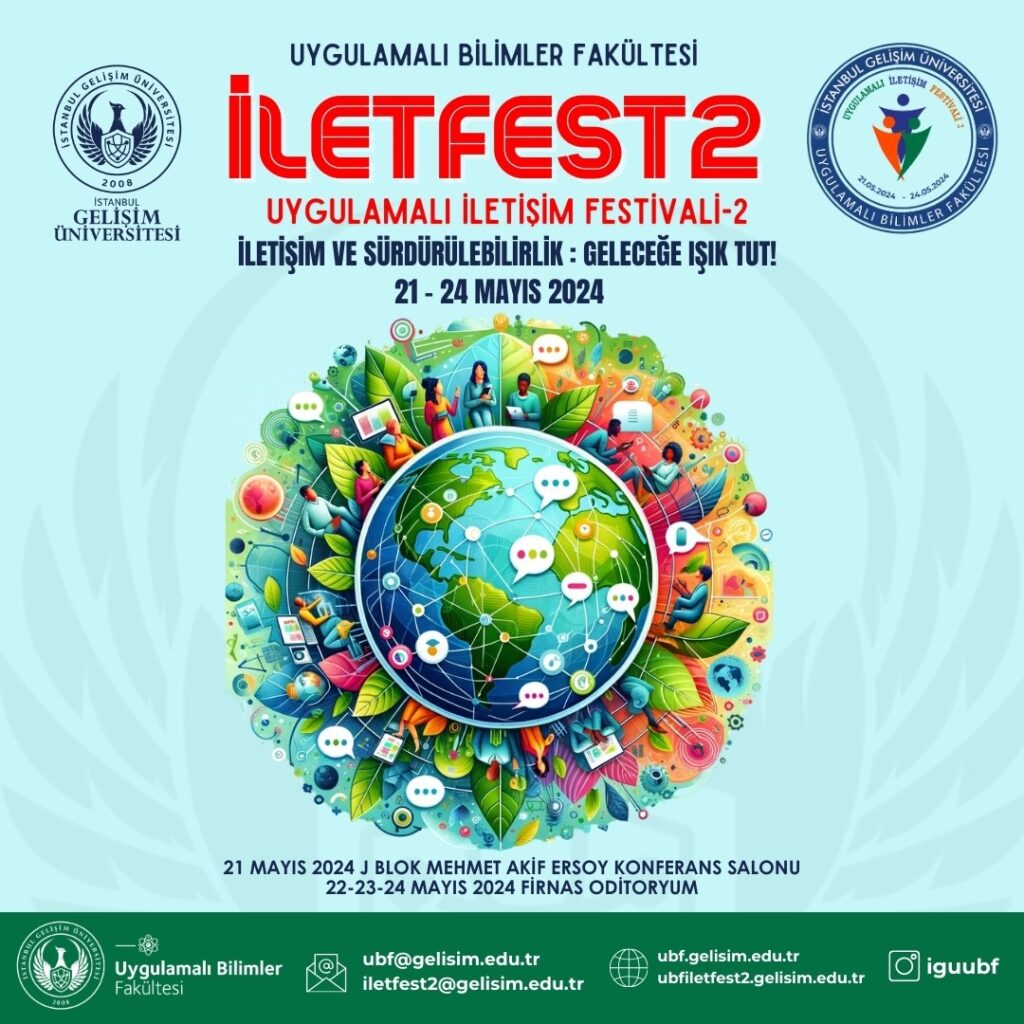Er listete die Beweise dafür auf, dass das Mausoleum von Yunus Emre in Kula ist.
MANISA (İHA) – Trotz der Gräber und Stätten von Yunus Emre, dem Vorreiter des Sufismus und der türkischen Dichtung in Anatolien, die in vielen Städten der Türkei zu finden sind, konnte bis heute kein eindeutiger Beweis für das tatsächliche Grab von Yunus Emre in Kula, Manisa gefunden werden.

MANİSA (İHA) – In many cities of Turkey, there is no definite evidence today about the real tomb of Yunus Emre, the pioneer of sufism and Turkish poetry in Anatolia, who has tombs and shrines in many cities of Turkey. The people of the region who believe that the Yunus Emre and Tapduk Emre Tomb in Kula district of Manisa is the real tomb of Yunus Emre show the famous poet’s poems, the complex of the lodge that has reached our day, and the axe and key motifs on the tombstone as evidence. The shrine in Kula district of Manisa, where the tombs of the great mystic and folk poet Yunus Emre and his teacher Tapduk Emre are believed to be located, continues to host thousands of visitors every year. Named after Yunus Emre, the village of Emre with a population of about 120, where the tombs of Yunus Emre and Tapduk Emre are located, also draws attention with its architecture. It is not definitively known where and in which year Yunus Emre was born, but according to some sources, he was said to have been born in 1238 and died in 1320. There is still no clear information about the real tomb of Yunus Emre, who has tombs and shrines in many cities of Anatolia. Speaking to the IHA reporter about why they believe in the historical background of the shrine and why they believe that the real tomb of Yunus Emre is here, Hatice Kahraman, the 5th generation descendant of Süleyman Kahraman, who works as a guide for Kula Municipality in the Yunus Emre and Tapduk Emre Tomb in Kula district of Manisa, explained their evidence. Süleyman Kahraman said, ‘Tapduk Emre, Yunus Emre, Hacı Bektaş-ı Veli, Somuncu Baba, Sarı Saltuk and other Anatolian saints are affiliated with Hoca Ahmet Yesevi. These saints migrated from Central Asia to Anatolia due to the Mongol invasion. When Tapduk Emre came to Anatolia, he took refuge in the Saruhanogullari Principality and spent his life under the banner of that lord. Tapduk Emre, who was a good mason, built a lodge, madrasa, and bathhouse when he came to the Emre village. The bathhouse has survived until today without damage. The fountains still flow. In addition, the ablution fountain of the lodge has also survived until today.’ Tapduk Emre’s student Yunus Emre continues his words by explaining his life, ‘We know that Yunus Emre spent half of his life around Konya and Karaman. According to the sources we have read, there was a famine in the villages of Karaman. As a result of this famine, Yunus Emre, chosen by the villagers, was sent to the lodge of Hacı Bektaş-ı Veli. He was subjected to a great test there. Seeing the potential qualities in Yunus, Veli asks Yunus, ‘Do you want wheat or grace?’ Yunus answers wheat. When Yunus takes the wheat and goes back to his village, he tells the story of what happened to him. The leaders of the village gather and say, ‘Yunus, you have made a big mistake. Wheat runs out, but grace does not. Go and seek grace from your teacher.’ When Yunus goes back to Hacı Bektaş-ı Veli, Veli says, ‘We made that offer to you. We offered you grace, but you did not take it. You will embark on a journey of Emre.’ ‘Emre’ means those who are in love with Allah. Those who walk in the way of Allah, who devote themselves entirely to Allah, are called Emre and Saints. Yunus comes to our Emre village from Karaman to be able to take this Emre name and becomes one of the students of Tapduk Emre here. He completes his life here. Tapduk Emre gave him the task of woodcutting. He personally brought wood from our stream beds such as Çıngırak Deresi, Yılanlı Dağı, İmam Dere, Çatalçeşme to the lodge and bathhouse. These woods were used for cleaning purposes especially in the bathhouse. Yunus never brought crooked or twisted woods to the lodge. He always came with straight woods like a pen. Yunus Emre, during his apprenticeship, was plagued by some doubts. ‘I am receiving education, showing respect and courtesy. When will I rise in the eyes of Allah, when will I become the owner of grace, when will I wear the cloak of dervishhood,’ doubts arose in his heart and mind. After a while, he left the lodge. He also says in his poems, ‘I walk from town to town, the sheikh hears me from tongue to tongue, see my state in exile, love has done to me,’ says our dervish Yunus. Yunus Emre found the love of Allah by traveling, he explained Islam by traveling, he explained Allah’s words and attributes by traveling, and he spread the Islamic religion by traveling to the lands of Anatolia. Yunus Emre did not realize that he possessed miracles in the lodge of Tapduk Emre. He understands it while traveling. As the village founded by Tapduk Emre, we defend this. While Yunus Emre was traveling, in at least 10 verses, he has poems, words, and couplets dedicated to his teacher Tapduk Emre. ‘I will return to the feet of my master from where I depart, bury me in Tapduk Emre’s tomb. I will not return from my master, bury me at the feet of my sultan. Let me burn at the threshold of my master, I cannot return from my master, what I will return, I became Yunus Emre but I left the lodge without the permission of my master,’ he returns to the Emre village again and after taking the permission of Tapduk Emre, he starts to manage the lodge as a Turkish master. If we start from these wills; the fact that our lodge dating back to the Anatolian Seljuk State is here and the baths, fountains, ablution fountains have come to our day actively, the Emre village being one of the first Turkish villages established in the Western Anatolia region by the Karakeçili Yörüks, the evidence such as Yunus Emre lying at the door threshold of the shrine, increases the possibility of Yunus Emre being here. We also believe that Yunus Emre is buried here.’ Diziler ziyaretçi sayısını artırdı Yunus Emre’yi anlatan diziler, ziyaretçi sayısını artırdı. Kendi tuttuğu kayıtlara göre yılda 200 ila 250 bin kişinin türbeyi ziyaret ettiğini ifade eden Kahraman, ‘Yunus Emre ile ilgili çekilen diziler o dönemde çok etkili oldu. Ziyaretçi sayılarımızı artırdı. Dizi sayesinde Yunus Emre’yi hiç bilmeyenler Yunus Emre’yi tanımak istedi. Dizinin çıktığı günlerde yoğunluk yaşadık’ diye konuştu. Yunus Emre’nin mezar taşında ’balta’ tasviri detayı. Yunus Emre’nin mezarının Kula’da olduğuna yönelik en büyük kanıtlardan bir tanesinin de mezar taşının üzerinde yer alan balta ve anahtar tasviri olduğunu belirten Kahraman, ‘Yunus Emre mezarının baş kısmındaki taş Emre köyü halkı tarafından dikilmiş. Bu bölgede Türkmenlerden önce Lidya, Roma ve Bizans İmparatorluğu hüküm sürmüş. Onlardan kalan ve üzerinde savaş baltası yer alan bir taşı Yunus Emre’nin mezarına getirerek, mezar taşı olarak kullanmışlar. Bu taşın üzerindeki balta çift başlıklı bir baltadır. Normalde bu asker baltasıdır ama bunu Emre köyünün halkı simge olarak kullanmışlar. Yunus Emre dergâhta odunculuk yapıyordu. Onu vurgulamak adına bu balta tasvirli taşı baş ucuna dikmişler. Ayrıca baş sarığı da taşın üzerinde yer alıyor. Ayak ucundaki taş da yine Roma döneminden kalma bir taştır. Köyümüzde yaşamış atalarımız, taşın üzerindeki tasvirleri orman motifi ya da dergâh anahtarlarını vurguladığını söylüyor” dedi.







